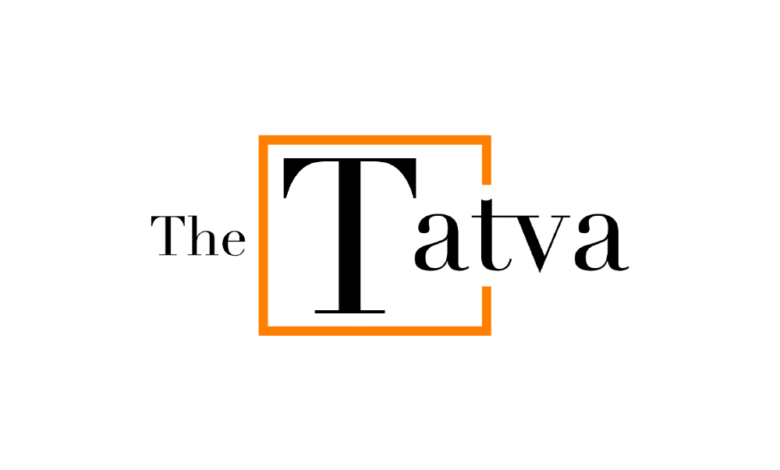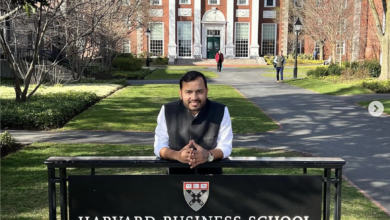Indian origin teen awarded by Jill Biden for leading community improvement in US
The precocious pre-teen discovered that she would require certain difficult-to-find materials, like carbon nanotubes, chloride, and lead acetate, after investigating water quality detecting techniques. Thankfully, Rao's parents provided assistance.

Along with 14 other young women leaders, teenage Indian-American inventor Gitanjali Rao received recognition from US First Lady Jill Biden for instigating change and paving the way for a better future in their local communities around the country.
The International Day of the Girl was celebrated on Wednesday at the White House with the first-ever “Girls Leading Change” program, which honoured a 17-year-old scientist. Tethys, a device developed by Rao, uses carbon nanotubes to instantly identify lead compounds in water and transmits the results to a smartphone app in the form of the water’s status (safe, somewhat polluted, or critical).
First Lady Jill honored the 15 young women leaders who had been chosen by the White House Gender Policy Council to honor their contributions to their communities.
She was cited as stating in a White House news release, “It is my honor to recognize this amazing group of “Girls Leading Change” at the White House.
“These young women are protecting and preserving the earth, writing and sharing stories that change minds, and turning their pain into purpose. Together, they represent the potential of young people across the country, and it is my hope that others can learn from the power of their innovation, strength, and hope,” she said.
Rao, a scientist from Highlands Ranch, Colorado, was named America’s Top Young Scientist by Discovery Education/3M and received an EPA Presidential Award for her ground-breaking lead pollution detection technology.
According to the press release, her book “Young Innovator’s Guide to STEM,” which gives a prescribed five-step invention process, is utilized as a STEM curriculum in several schools throughout the world.
Rao “is committed to not only continuing her career as a scientist and inventor but expanding her STEM education initiative, which has already touched more than 80,000 elementary, middle, and high school students,” the announcement stated. Rao was named the first-ever Kid of the Year by Time Magazine in 2020.
She is a first-year student at Massachusetts Institute of Technology and was included in Forbes’ list of 30 Under 30 achievers.
Gitanjali Rao, a 12-year-old scientist, has been creating inventions since she was in kindergarten. Although Tethys, a 3D printed device that uses carbon nanotubes and a smartphone app to test water for lead pollution in as little as 10 seconds, is one of Rao’s more than eight inventions, Tethys is what earned her the title of America’s Top Young Scientist and the $25,000 prize.
Rao claims that when she learnt about the terrible impact of lead-contaminated water on towns in Michigan, it gave her the motivation to start working on Tethys.
The precocious pre-teen discovered that she would require certain difficult-to-find materials, like carbon nanotubes, chloride, and lead acetate, after investigating water quality detecting techniques. Thankfully, Rao’s parents provided assistance.
She claims that her parents largely assisted her with transportation so she could get carbon nanotubes and lead. “They basically generally supported my decision to find a solution to this significant issue. My parents want me to be informed of the events happening in the world, therefore they welcome it when I think outside the box.
She entered the Discovery Education 3M Young Scientist Challenge with a video, and was chosen as one of the 10 finalists. Rao flew with her parents to the 3M corporate office in Minnesota where she presented a five-minute speech in front of a panel of judges, followed by a five-minute question-and-answer period. This came after months of refining both her theoretical concept and her physical prototype.
It’s not exaggeration to say that she completely outperformed the judges, according to school administrator and one of the judges Brian Barnhart, who spoke to ABC. Rao received a prize for $25,000 along with the title of “America’s Top Young Scientist” as well.



